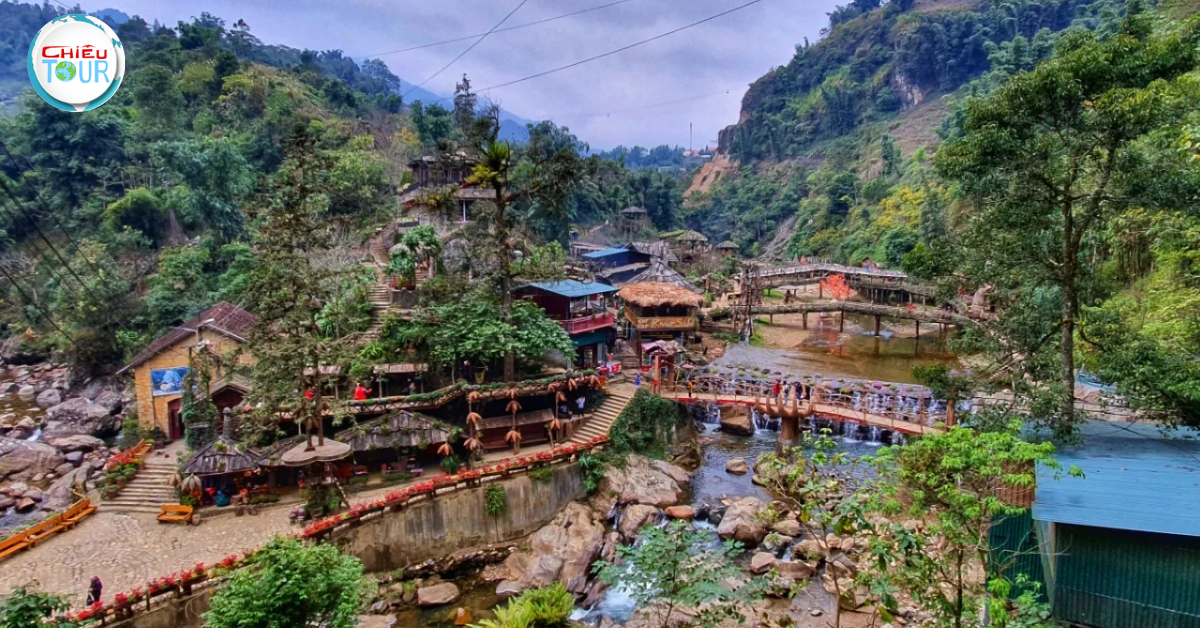Hoi An Ancient Town
- Author: Admin
- | Hot destination
Nestled in the heart of Vietnam, Hoi An Ancient Town stands as a testament to the country’s rich history and cultural tapestry. Once a bustling port city active in trade with the Japanese, Chinese, and European merchants, Hoi An has beautifully preserved its unique charm over centuries. The town's well-preserved architecture, vibrant culture, and enchanting streets make it an essential destination for travelers seeking to experience the essence of Vietnam.
A Journey Through Time in Hoi An Ancient Town
To truly understand what makes Hoi An Ancient Town so special, one must delve into its historical background, architectural wonders, and cultural significance. This section will take you on a journey through time, exploring the evolution of Hoi An from a trading hub to a UNESCO World Heritage site.
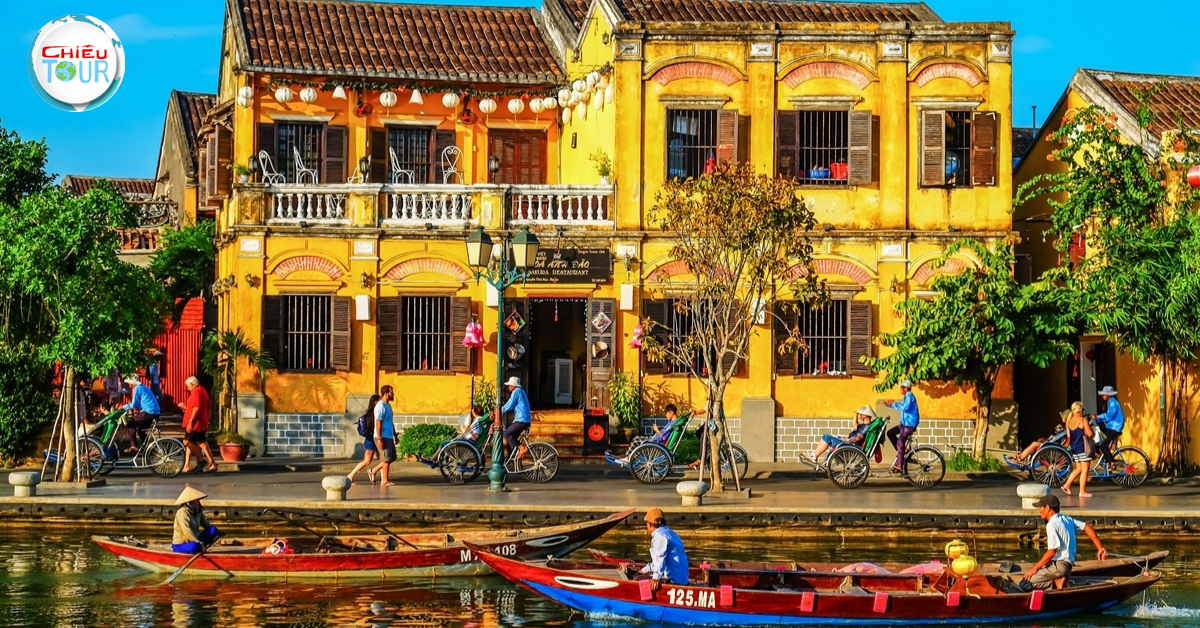
Historical Background
The history of Hoi An dates back to the 15th century when it was known as Faifo. It became a prominent trading center due to its strategic location along the East Vietnam Sea.
As a melting pot of cultures, Hoi An attracted merchants from China, Japan, Portugal, and other countries. Each group left its mark on Hoi An, influencing the local culture, language, and cuisine. The town served as a vital link between the East and West, facilitating trade and cultural exchange.
However, by the 19th century, the river silted up, and major shipping routes shifted, leading to Hoi An’s decline as a trading port. Fortunately, this unfortunate turn of events preserved the town’s historic buildings and made it a living museum of the past.
Architectural Wonders
Walking through the narrow, lantern-lit streets of Hoi An Ancient Town, visitors are treated to a stunning display of architectural styles that reflect its diverse influences.
The town boasts a harmonious blend of wooden houses, temples, and colonial buildings, each narrating stories of their different eras. Notable structures include the iconic Japanese Covered Bridge, a symbol of Hoi An, which features intricate carvings and serves as a reminder of the town's Japanese heritage.
Additionally, there are countless ancient homes belonging to wealthy merchants that showcase traditional Vietnamese architecture adorned with Chinese and French influences. These buildings feature ornate facades, colorful tile roofs, and lush gardens, creating an enchanting atmosphere that transports visitors back in time.
Cultural Significance
Beyond its stunning architecture, Hoi An Ancient Town is also a living canvas of Vietnamese culture. The town’s vibrant traditions, festivals, and culinary delights form an integral part of its identity.
Local craftspeople continue to practice age-old techniques such as silk weaving, pottery, and lantern-making, ensuring the preservation of traditional arts. This commitment to craftsmanship is evident in the many workshops scattered throughout the town where visitors can witness artisans at work.
Festivals play a crucial role in Hoi An’s cultural landscape. The Full Moon Festival, celebrated monthly, transforms the town into a magical wonderland as thousands of colorful lanterns illuminate the streets. It is a time for locals and tourists alike to come together, share stories, and enjoy traditional music and dance performances.
Exploring the Culinary Delights of Hoi An Ancient Town
No visit to Hoi An Ancient Town would be complete without indulging in its mouthwatering cuisine. The town offers a gastronomic adventure that reflects its multicultural heritage and local ingredients.
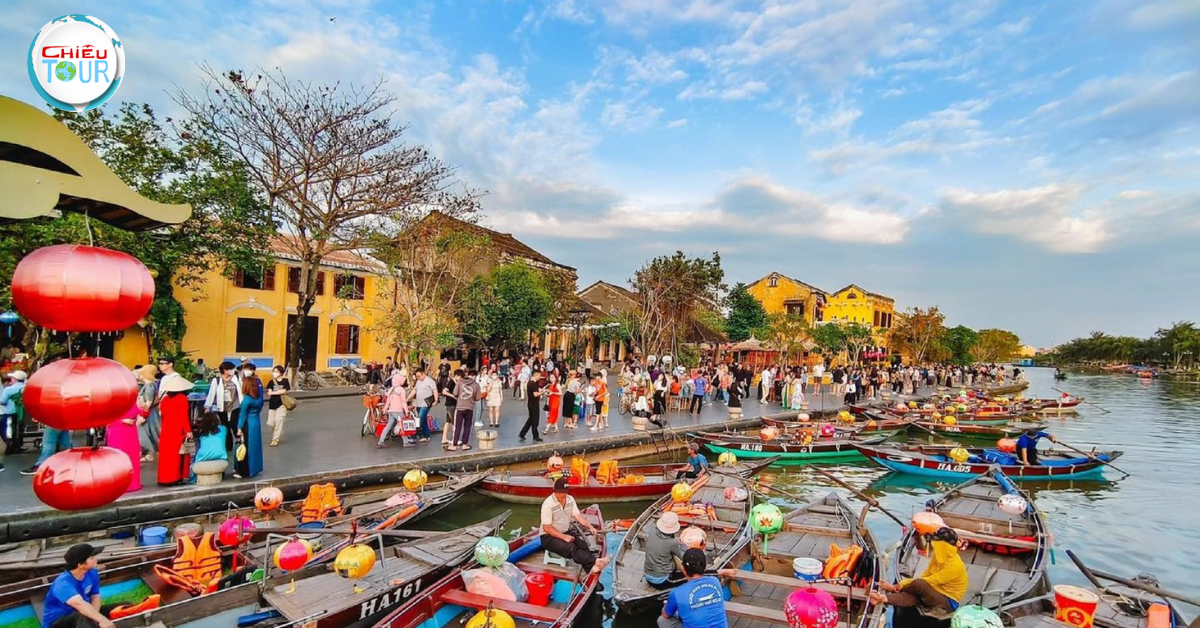
The Influence of Trade on Local Cuisine
The bustling trade history of Hoi An significantly influenced its culinary scene. Ingredients and cooking methods arrived from various regions, crafting a unique culinary identity that sets Hoi An apart from other Vietnamese cities.
One of the most famous dishes is Cao Lau, a noodle dish made with thick, chewy noodles that are unique to Hoi An. The dish is prepared using water sourced from ancient wells, adding an irreplaceable taste. Accompanied by tender pork, fresh herbs, and crispy croutons, Cao Lau tells a story of Hoi An’s rich culinary history.
Another beloved dish is Mi Quang, a turmeric-infused noodle dish typically garnished with shrimp, pork, or chicken, and topped with peanuts and fresh herbs. Each bite bursts with flavor, showcasing the local love for fresh ingredients and aromatic spices.
Street Food Adventures
For food lovers, street food in Hoi An Ancient Town is an absolute must-try. Wander the vibrant streets filled with food stalls and vendors offering an array of delightful options.
From banh mi sandwiches bursting with flavors to fresh spring rolls filled with crunchy vegetables, the street food scene is a celebration of local produce. Vendors often prepare these delicacies right in front of your eyes, providing an interactive dining experience.
Don’t miss out on the chance to try sweet treats like Vietnamese coffee and coconut candies. Sipping coffee while people-watching in the quaint cafes adds to the charm, allowing you to soak in the atmosphere of this ancient town.
Cooking Classes and Culinary Tours
For those interested in diving deeper into Hoi An’s culinary world, numerous cooking classes and culinary tours are available. Join a local chef who will guide you through the bustling markets to select the freshest ingredients before learning how to cook traditional dishes.
These immersive experiences not only teach you about the food but also foster connections with local chefs and fellow participants, creating lasting memories. You’ll leave with new skills, recipes, and a deeper appreciation of Vietnamese cuisine.
Unraveling the Traditions and Festivals of Hoi An Ancient Town
The traditions and festivals of Hoi An Ancient Town add another layer of charm to this remarkable destination. Celebrated throughout the year, these events showcase the vibrant culture and communal spirit of the townspeople.
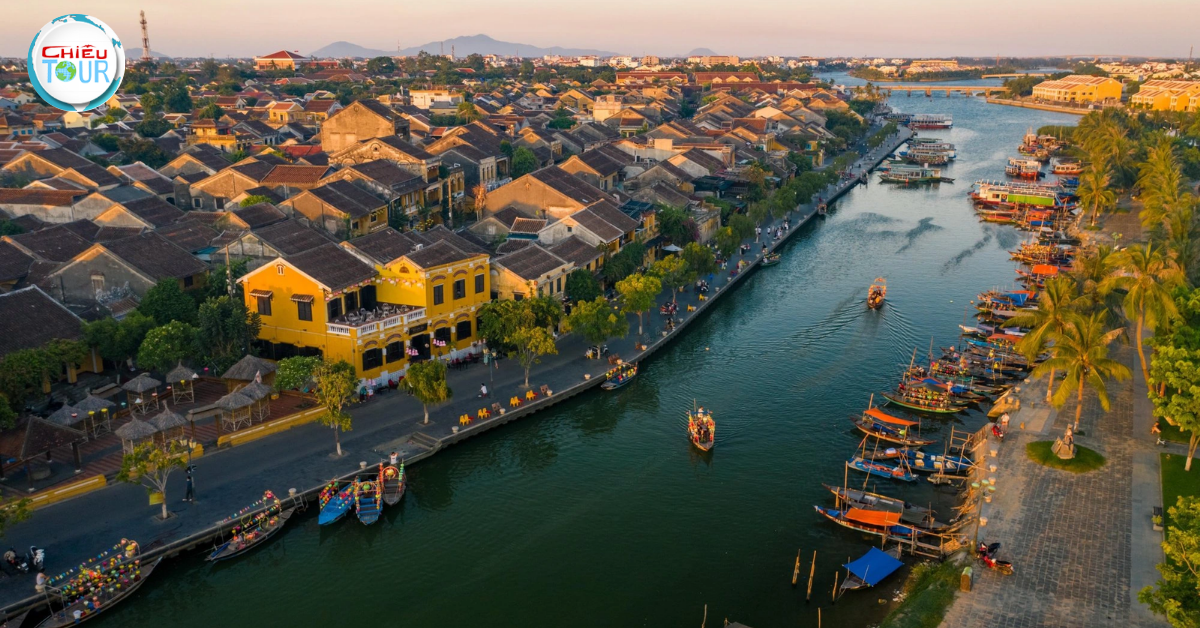
Full Moon Festival
One of the most anticipated celebrations is the Full Moon Festival, held every month on the night of the full moon. During this festival, the town transforms as street lights are dimmed, and hundreds of colorful lanterns illuminate the ancient streets.
Local families honor their ancestors by preparing offerings and participating in traditional ceremonies. Visitors can join in the festivities by releasing lanterns on the river, symbolizing good luck and wishes for the future.
This breathtaking sight creates an ephemeral moment that unites both locals and tourists alike in a shared experience of gratitude and hope.
Tet Festival
Tet, the Vietnamese Lunar New Year, is another significant event celebrated in Hoi An Ancient Town. This festival marks the arrival of spring and is an occasion for families to gather, pay respects to their ancestors, and wish for prosperity in the coming year.
During Tet, the streets come alive with festive decorations, traditional foods, and colorful parades. Local markets buzz with activity as vendors sell beautiful flowers, fruits, and traditional sweets.
Visitors who find themselves in Hoi An during Tet will feel the infectious energy and warmth of community spirit, making it an unforgettable experience.
Lantern Festival
The Lantern Festival takes place annually, celebrating the town’s deep-rooted connection to lantern-making. Local artisans showcase their skills, creating stunning lanterns that adorn the streets and rivers.
The highlight is the lantern parade, where locals carry handmade lanterns while dancing and singing traditional songs. Visitors can participate, creating their own lanterns and joining in the joyous celebration.
This festival beautifully illustrates the artistic heritage of Hoi An and allows visitors to engage with local customs, understanding the significance of light and color in Vietnamese culture.
FAQs About Hoi An Ancient Town
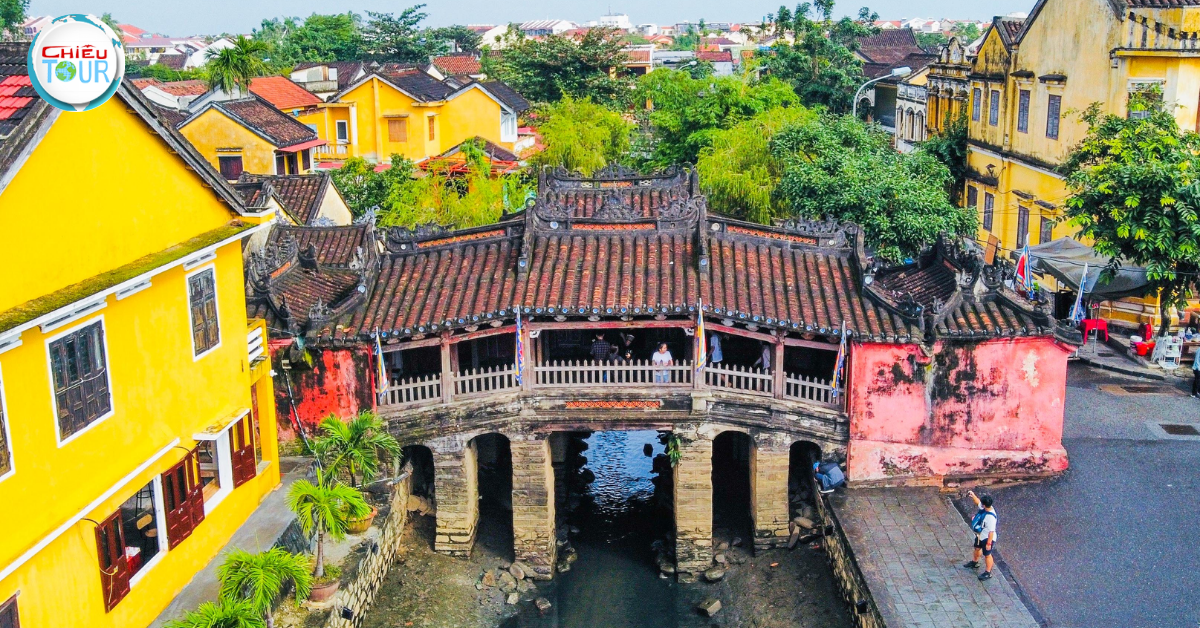
What is the best time to visit Hoi An Ancient Town?
The best time to visit Hoi An is during the dry season, which runs from February to April. The weather is pleasant, with lower humidity and less rainfall, allowing you to explore the town comfortably.
Is Hoi An Ancient Town suitable for families with children?
Absolutely! Hoi An Ancient Town offers a variety of family-friendly activities, including cooking classes, bicycle tours, and visits to nearby beaches. The relaxed atmosphere makes it ideal for families to bond and create lasting memories together.
Can I rent a bike in Hoi An Ancient Town?
Yes, renting a bike is a popular choice for exploring Hoi An. Many guesthouses and shops offer affordable bike rentals, allowing you to discover the hidden gems of the town and its surrounding countryside at your own pace.
Are there guided tours available in Hoi An?
Yes, guided tours are widely available in Hoi An. Whether you prefer a walking tour, cycling tour, or culinary tour, there are plenty of options to choose from. Guided tours can enhance your experience by providing valuable insights into the town’s rich history and culture.
How do I get to Hoi An Ancient Town from Da Nang?
Getting to Hoi An Ancient Town from Da Nang is straightforward. You can take a taxi, shuttle bus, or even book a private car transfer. The journey takes around 30 to 45 minutes, depending on traffic conditions.
Conclusion
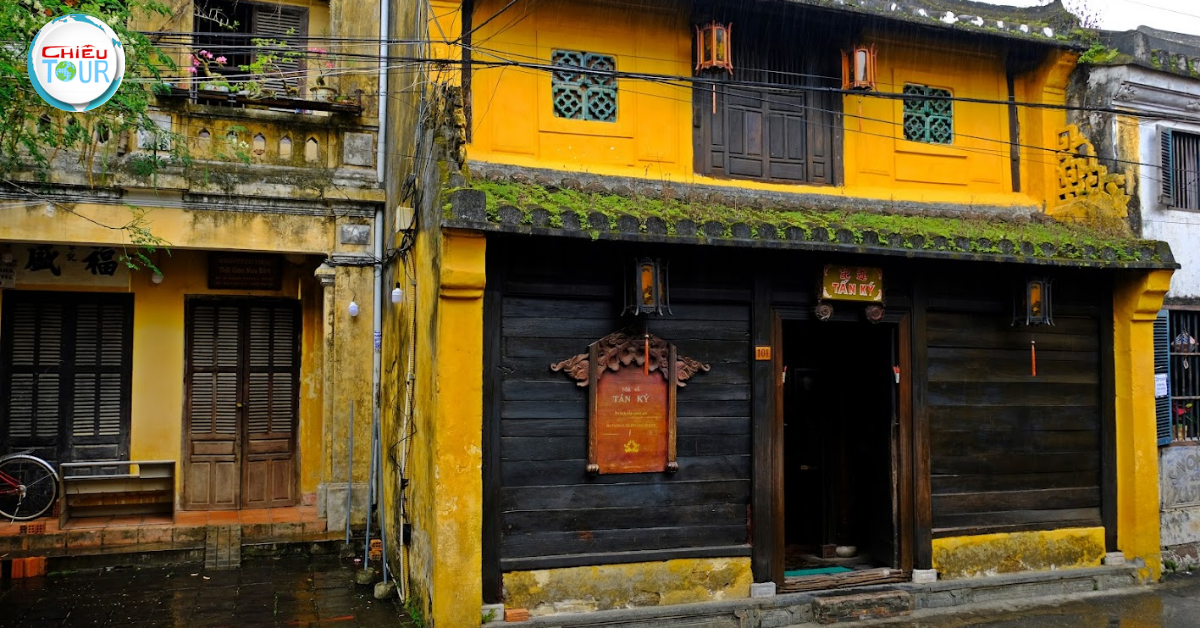
In conclusion, Hoi An Ancient Town is more than just a picturesque destination; it is a vibrant tapestry woven with history, culture, and culinary delights. From its historical roots as a trading hub to its modern-day vibrancy, Hoi An captures the hearts of those who wander its enchanting streets.
Whether you are indulging in delectable local cuisine, immersing yourself in festive celebrations, or exploring its architectural wonders, Hoi An offers a unique experience that resonates with every traveler. As you stroll through its lantern-lit alleys, you will surely feel the magic that makes Hoi An Ancient Town a timeless treasure in Vietnam.
 Vietnam
Vietnam 


